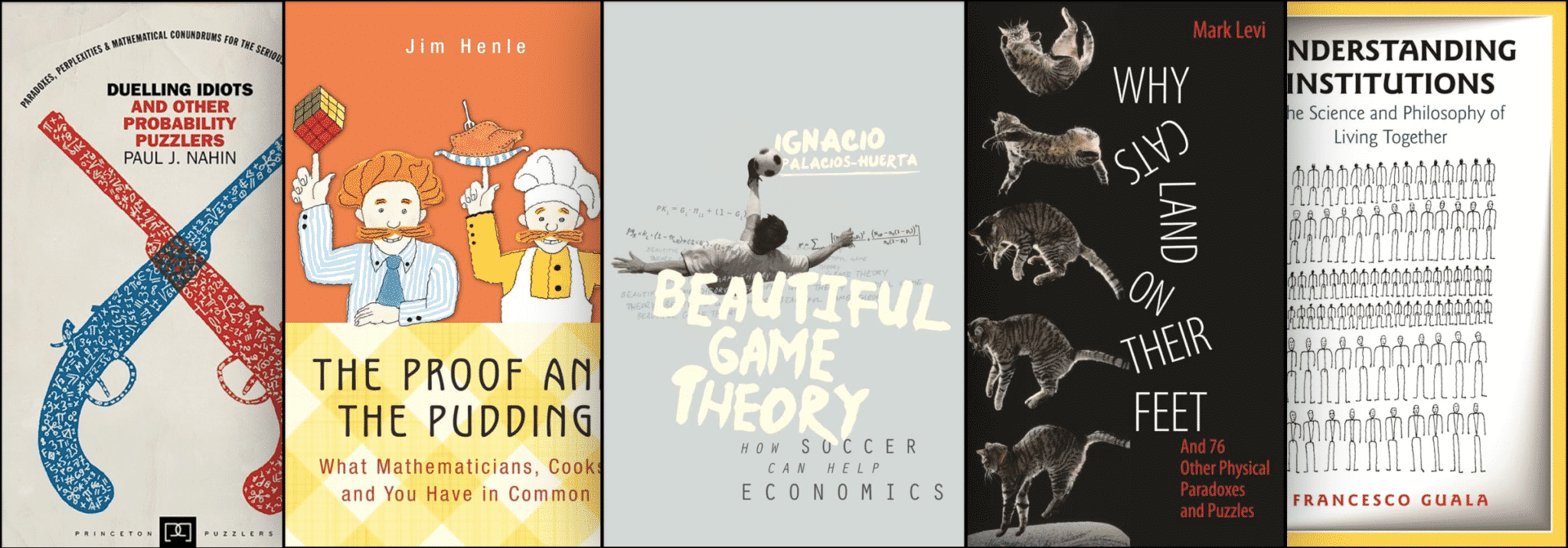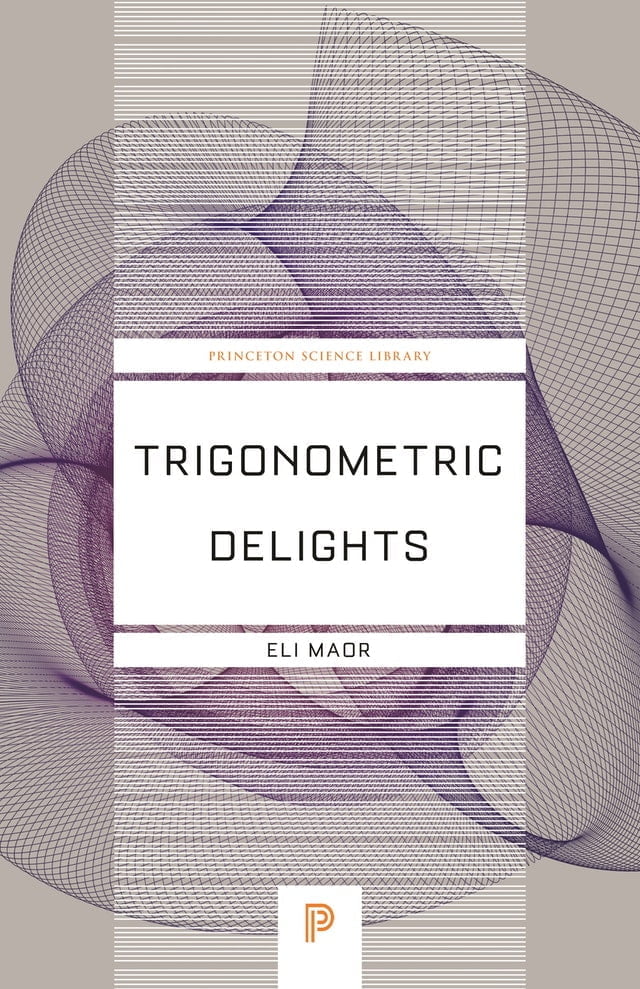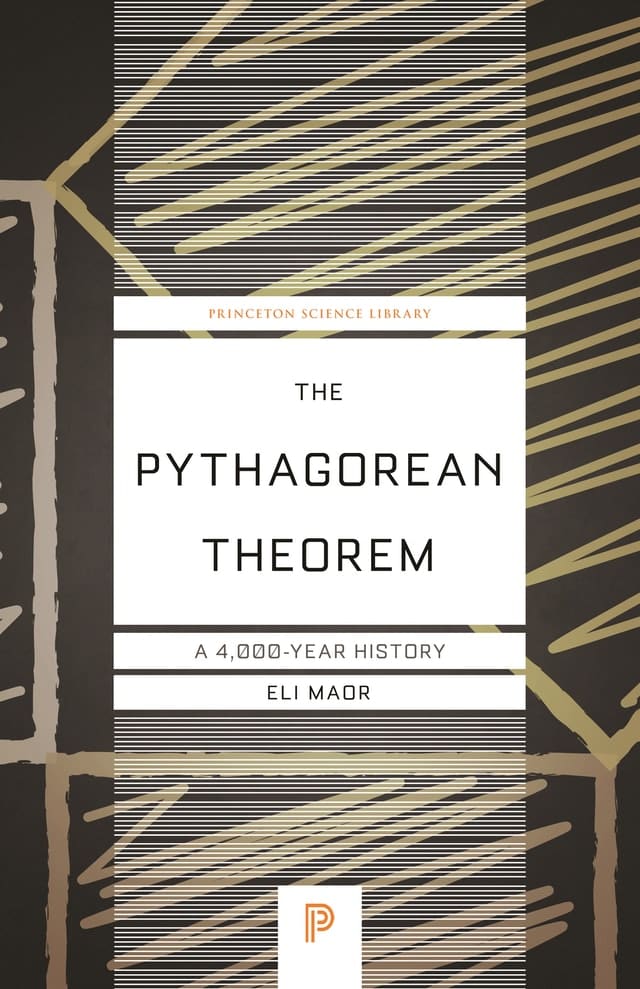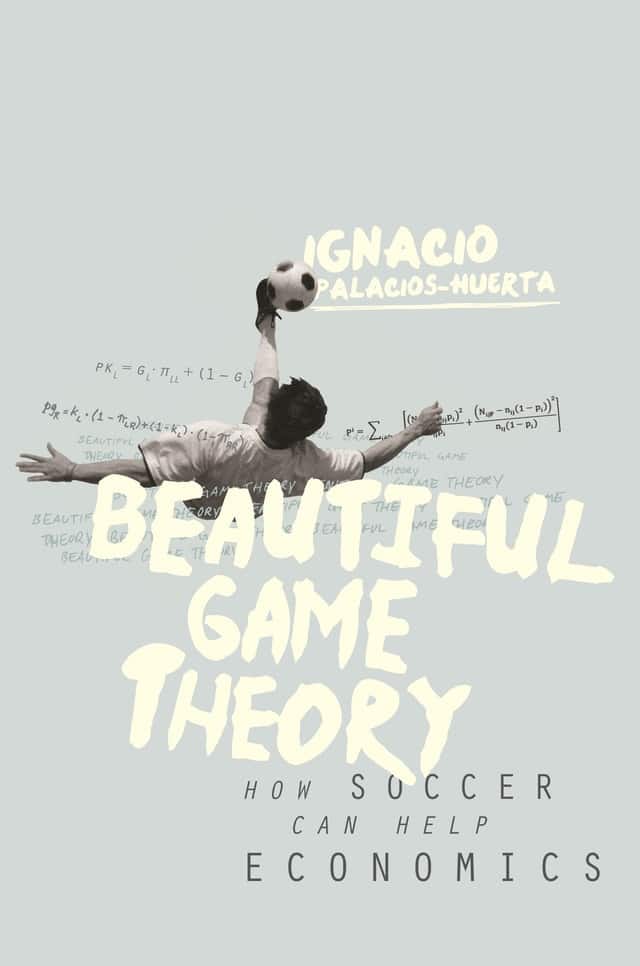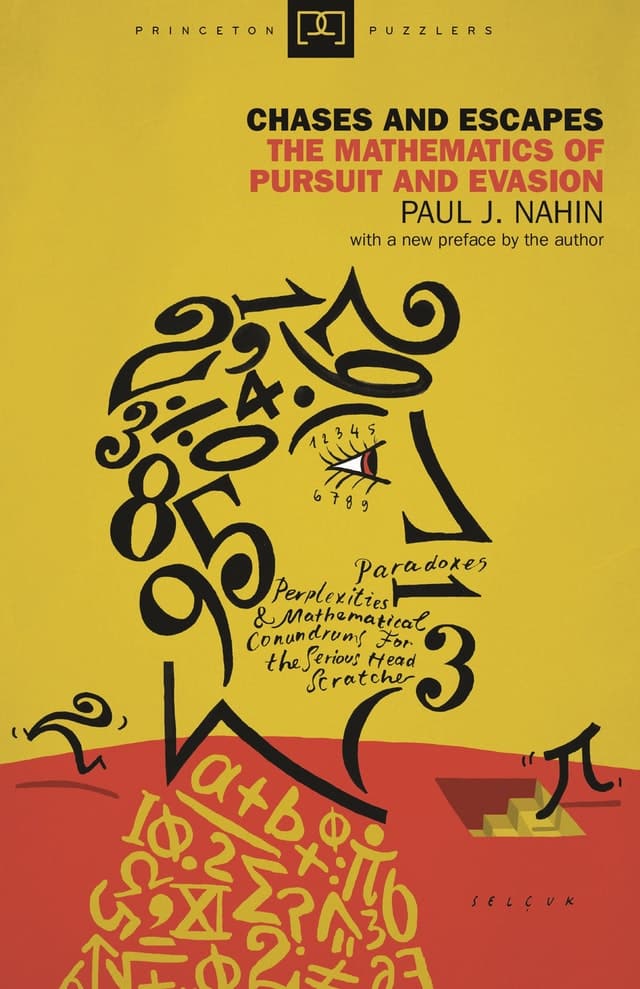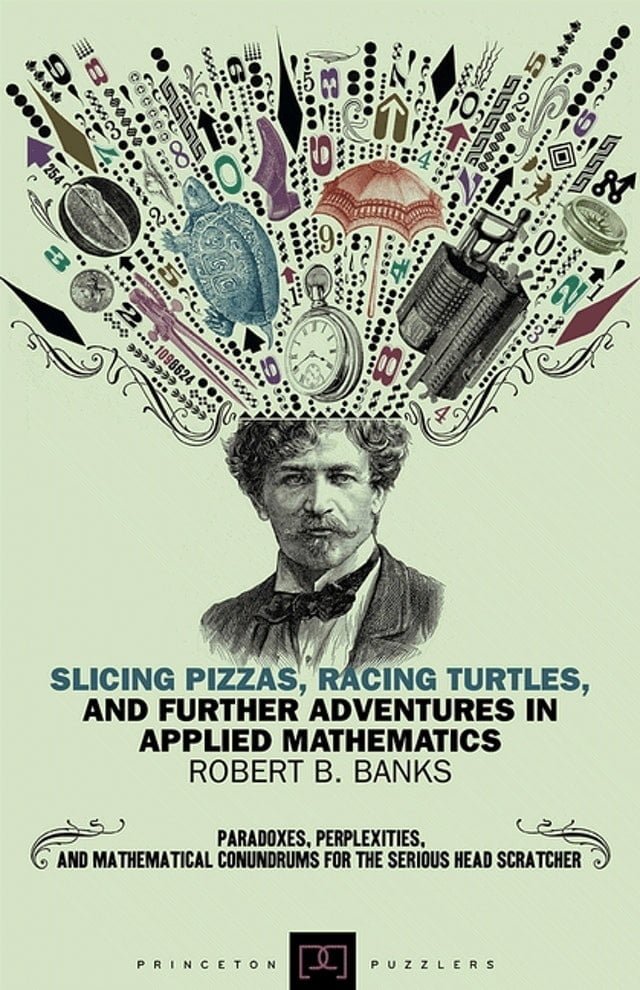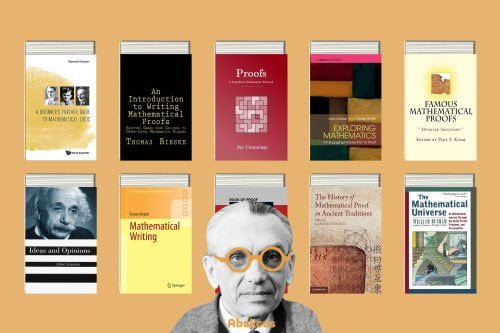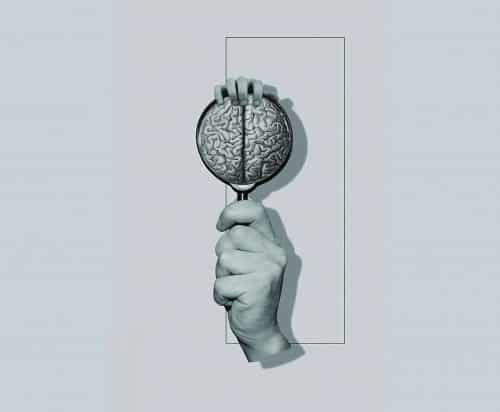Books are a kind of catalyst for the human brain to function. And Princeton University Press has been publishing scholarly math books since 1905. They bring influential voices and ideas to the world stage through their academic scholarship, advancing scholarly knowledge, and promoting human conversation.
They embrace the highest standards of scholarship, inclusivity, and diversity in their publishing. In keeping with Princeton University’s commitment to serving the nation and the world, they publish for scholars, students, and engaged readers everywhere. Although leading experts in the academic world write their books, they are accessible to the general reader.
Is Princeton University Press part of Princeton University?
The Princeton University Press is a charitable publishing organization established in 1905 and maintains close ties to Princeton University. Through their academic study, members of the press bring prominent voices and ideas to the forefront of global discourse. In so doing, they push the boundaries of what is known in the academic world and foster human interaction.
How does a university press work?
A university press is a type of academic publishing house specializing in publishing scholarly journals and monographs. Most university presses are non-profit entities that are fundamental to large research universities. They only publish research that has been evaluated and deemed worthy of publication by experts in the relevant subject.
Princeton University Press team is also very enthusiastic about audiobooks these days. Every time they publish a new math book, they also come with an audiobook version which is a perfect opportunity for a long commute! If you have never tried an audiobook so far, you should try Amazon’s Audible for free! You will love it!
Below, you will see more than 40 elegant math books from Princeton University Press. Any of them will be a great choice for lifelong learners like you!
“Numerous items, including soccer balls, jewels, Buckminster Fuller’s structures, and enormous all-carbon molecules, have structures that Leonhard Euler’s polyhedron formula can describe. Even a youngster can understand Euler’s formula because it is so straightforward. The fascinating history of this fundamental mathematical concept is told in Euler’s Gem.
Euler’s Gem honors the discovery of Euler’s cherished polyhedron formula and its profound influence on topology, the study of shapes, from ancient Greek geometry to contemporary cutting-edge research. In 1750, Euler discovered that the equation V-E+F=2 holds true for any polyhedron with V vertices, E edges, and F faces. According to David Richeson, the Greeks completely missed the formula, Descartes came close to finding it but fell short, and nineteenth-century mathematicians expanded the formula’s application in ways that Euler never foresaw by adapting it for use with doughnut shapes, smooth surfaces, and higher-dimensional shapes, and twentieth-century mathematicians discovered that every shape has its own Euler’s formula. Richeson demonstrates the formula’s many elegant and unexpected applications with the help of wonderful examples and a ton of illustrations. For instance, he demonstrates why there is always some windless place on earth, how to calculate the size of a tree farm by counting trees, and how many crayons are required to color any given map.
Euler’s Gem will enthrall any math enthusiast because it features a who’s who of talented mathematicians who challenged, improved, and helped to construct a stunning theorem.”.
“Today, complex numbers are used in so many practical applications, from electrical engineering to aeronautics, that few people would anticipate their derivation to be a thrilling mystery. Paul Nahin recounts the 2000-year history of the square root of minus one, often known as one of mathematics’ most evasive numbers, in An Imaginary Tale. He recreates the puzzling math problems that gave rise to them and the interesting personalities who attempted to solve them.
The earliest recorded instance of the square root of a negative number was discovered in 1878 when two brothers stole a mathematical papyrus from an ancient Egyptian burial site in the Valley of Kings. The papyrus demonstrated how to compute the volume of a truncated square pyramid using precise numbers, which suggested the requirement for i. The mathematician-engineer Heron of Alexandria encountered I in a separate endeavor in the first century, but he cheated on the math; medieval mathematicians ran across the idea when trying to understand the meaning of negative numbers, but they discounted its square roots as an absurdity. By the time of Descartes, it was assumed that these mysterious square roots, now known as “imaginary numbers,” had a theoretical use, but attempts to solve them resulted in heated arguments. In the age of Napoleon, the infamous I was eventually accepted and used in complicated analysis and theoretical physics.
In order to appeal to readers with both general and academic mathematical interests, Nahin interweaves entertaining historical details and mathematical discussions throughout the story. These discussions include the use of complex numbers and functions to solve significant mathematical problems like Kepler’s laws of planetary motion and ac electrical circuits. One way to think of this book is as an interesting biography or history of one of the most elusive and omnipresent “numbers” in all of mathematics.”
“Mathematical trigonometry has never received enough attention. It is a dull and challenging topic, a glorified variation of geometry made challenging by laborious computation. Eli Maor dispels that notion in this book using his exceptional skills as a teacher of the realm of numbers. He avoids the typical dry explanations of sine, cosine, and their trigonometric relations in favor of an engaging synthesis of history, biography, and mathematics. In addition to providing an overview of the fundamentals of trigonometry, he also provides a unique description of how important it is to both scientific and social progress. The book more than lives up to its title, Trigonometric Delights, because it is woven together in a tapestry of amusing tales, fascinating mathematical facts, and enlightening insights.
Maor begins by looking at the “proto-trigonometry” used by the Egyptian pyramid builders. Maor’s prior books have decoded the meaning of infinity and the strange number “e.” He demonstrates how Greek astronomers created the first true trigonometry. He describes the colorful beginnings of modern, analytical trigonometry and how it slowly emerged during Renaissance Europe’s drive for more precise clocks, cannons, and musical instruments. Along the way, we observe trigonometry in action, for instance, in the famous cartographer Gerardus Mercator’s struggle to depict the curved earth on a flat sheet of paper, in the use of geometric progressions in the artwork of M. C. Escher, and in the use of epicycles and hypercycles in the Spirograph toy.
The biographies of some of the fascinating people who have influenced the history of trigonometry throughout the past four thousand years are also sketched by Maor. We meet people like the Renaissance scholar Regiomontanus, who is said to have been poisoned for insulting a colleague, and Maria Agnesi, an Italian mathematician of the eighteenth century who gave up mathematics to help the poor—but not before she looked into a particular curve that, sadly, was given the unfortunate name “the witch of Agnesi” due to a mistranslation.” ” Richly illustrated, the book features rare prints from the author’s own collection. Trigonometric Delights will permanently alter how we perceive a once-dreaded topic.”
“Tales of Impossibility tells the fascinating tale of the four most well-known and extensively researched mathematical problems in history, the so-called difficulties of antiquity. These compass and straightedge problems—squaring the circle, trisecting an angle, doubling the cube, and inscribing regular polygons in a circle—were initially presented by the ancient Greeks and have since been a constant source of inspiration for mathematicians. David Richeson traces the history of these puzzles to demonstrate how, in the end, the proofs of their difficulty to be solved with just a compass and straightedge depended on and contributed to the development of mathematics.
Richeson examines the efforts made by illustrious figures like Euclid, Archimedes, Viète, Descartes, Newton, and Gauss to comprehend the issues of antiquity and the numerous significant mathematical breakthroughs that were connected to these inquiries. Even if the issues had a geometric foundation, solving them required the development of real and complex number theory, analytic geometry, algebra, and calculus, which didn’t happen until the nineteenth century. Ferdinand von Lindemann and a little-known mathematician named Pierre Wentzel eventually came to the conclusion that the issues could not be resolved. Along the way, Richeson shares amusing anecdotes regarding the riddles, such as how the Indiana government approved a measure that fixed the value incorrectly and how Leonardo da Vinci elegantly contributed to the puzzles.
Tales of Impossibility explains how four intractable issues have fascinated mathematical thought for millennia by taking readers from the ancient era to the present.”
The Pythagorean Theorem is unquestionably the most well-known mathematical theorem. Eli Maor tells the entire tale of this well-known geometric theorem in this book. Maor demonstrates that the Babylonians were aware of the theorem more than a thousand years before Pythagoras, despite the theorem being credited to him. Pythagoras might have been the first to demonstrate it, but we no longer have access to his evidence, assuming he ever had one. However, the theorem is crucial to practically every field of science, whether pure or applied. Maor vividly depicts many of the individuals who contributed to the formulation of the Pythagorean theorem, offering a fascinating context for what is arguably our oldest and most enduring mathematical achievement.
“Numerous studies conducted in recent years have shown that the economic theory of human behavior may now be applied to many domains that were previously thought to be the purview of sociology, political science, law, and other disciplines. Research has also demonstrated that economics can provide light on a variety of sports-related topics, including soccer. The first book, Beautiful Game Theory, uses soccer to test economic hypotheses and examine cutting-edge human behavior.
Ignacio Palacios-Huerta brilliantly and entertainingly explains economics using this book’s most well-liked sport in the world. He discusses issues including mixed strategies, discrimination, incentives, and human preferences while providing original and frequently unexpected insights into game theory and microeconomics. He also studies experimental, behavioral, neuroeconomic, and financial economics. Soccer offers a wealth of venues and data sets that illuminate basic economic concepts in enlightening and practical ways.
The first book to demonstrate what soccer can accomplish for economics is Beautiful Game Theory, which is required reading for students, scholars, and sports fans.”
“The best mathematics writing from around the world is collected in this annual anthology. The Best Writing on Mathematics 2020 makes numerous articles not easily found anywhere else available to a wide audience, and you don’t have to be a mathematician to enjoy them. It includes promising new voices in addition to some of the most renowned figures in the field. These writings provide fascinating new perspectives on mathematics’s nature, significance, and current use. They take readers behind the scenes of today’s greatest mathematical arguments and dig into mathematics’s history, philosophy, education, and practical elements.
Here, Paul Thagard argues that mathematics’ power comes from its blend of realistic and fantastical qualities, while Erica Klarreich explains how Hao Huang used the combinatorics of cube nodes to solve a vexing problem in computer science. Steven Strogatz also discusses how calculus drives advances in virology. Other pieces include those by John Baez, who describes how algebraic geometry captured his attention, Mark Colyvan, who contrasts the vastly dissimilar explanatory strategies of mathematics and science, and Boris Odehnal, who discusses some unexpected characteristics of multidimensional geometries. There is also a ton more.
This essential book includes an editor’s introduction, a bibliography of more noteworthy literature, and the best essays on mathematics from the past year.
Anyone interested in where mathematics has brought us and where it is going should have this book on their bookshelf.”
“In recent years, researchers in both the natural and social sciences have been able to model and forecast events as diverse as earthquakes, global warming, demographic trends, financial crises, and the failure of materials thanks to the scientific study of complex systems. Didier Sornette bravely applies his broad experience in various fields in this book to establish a straightforward, effective, and all-encompassing theory of how, why, and when stock markets crash.
Most attempts to explain market failures focus on identifying the specific events that happen minutes, hours, days, or weeks before the collapse. According to Sornette’s radical alternative theory, the fundamental cause of the unexpected, catastrophic occurrence can be found months or even years prior to the development of cooperative speculation, which frequently manifests as an accelerated increase in market price, also known as a “bubble.” The “end of the growing age” will happen around 2050, according to his thorough, step-by-step research based on cutting-edge physics and statistical modeling approaches. He also makes other astounding discoveries and predictions.
Sornette explores significant historical precedents, including the Great Crash of October 1929, Black Monday in 1987, the South Sea Bubble that ended with the first significant market crash in England in 1720, the decades-long “tulip mania” in the Netherlands that abruptly faded in 1637, to name just a few. He concludes that most hypotheses other than cooperative self-organization fall short of explaining the subtle bubbles that the markets use to set themselves up for disaster.
This book should be read by any investor or investing expert who wants to have a thorough understanding of impending financial catastrophes, why Stock Markets Crash is a highly creative “scientific narrative,” as Sornette so well puts it, of the thrilling and occasionally terrifying—but no longer quite so incomprehensible—the world of stock markets. It will be welcomed by physicists, geologists, biologists, economists, and others.”
“When we were children, we used to play tag. The majority of us are unaware that this seemingly simple game of tag, dodgeball, and hide-and-seek is actually an application of pursuit theory and that the same ideas behind these games also apply to military tactics, and high-seas chases by the Coast Guard, and even amorous pursuits. In his book Chases and Escapes, Paul Nahin provides the first comprehensive history of this intriguing branch of mathematics, from its classical analytical roots to the present.
Nahin also provides a variety of difficult puzzles with their historical context and wider applications, drawing on game theory, geometry, linear algebra, target-tracking systems, and much more. Chases and Escapes offer computer tools that readers can use for their own cutting-edge analyses and includes solutions to all puzzles.
This book will intrigue anyone interested in the mathematics behind pursuit and evasion, especially with the addition of a fascinating new preface on how the Enola Gay managed to avoid the shock wave from the atomic bomb dropped on Hiroshima.”
“Have you ever fantasized about boring a hole all the way around the globe? In addition to entertaining such thoughts, Robert Banks also provides the mathematical know-how necessary to transform fantasies into practical adventures. In this follow-up to the well-liked Towing Icebergs, Falling Dominoes (Princeton, 1998), Banks offers readers looking to improve their analytical and mathematical abilities another set of puzzles. The issues range from the amazing to the really realistic. In one chapter, the author helps us calculate how many individuals have ever existed on Earth. In another, he demonstrates how knowledge of mathematical curves can enable a frugal lover to save money on Valentine’s Day by using construction paper and scissors.
Banks select subjects for his twenty-six chapters that are rather straightforward to investigate mathematically. He explains occurrences that we either experience in our daily lives or may easily picture. How can the most pizza slices be obtained with the fewest cuts, for instance? Should you walk gently, jog moderately, or sprint as quickly as possible in the pouring rain to get as little wet as possible? What is the length of a baseball’s seam? What would happen to Florida, the Mississippi River, and Niagara Falls if the world’s ice sheet melted completely? Why are there six sides on a snowflake?
Banks use fundamental algebra and geometry to tackle issues in a variety of subjects, including geography, environmental studies, and the creation of maps and flags. The author tells the reader about any prominent scientists who have thought about these issues in the past. This book is meant to entertain and provoke thought, but it can also be read for pure pleasure.”

